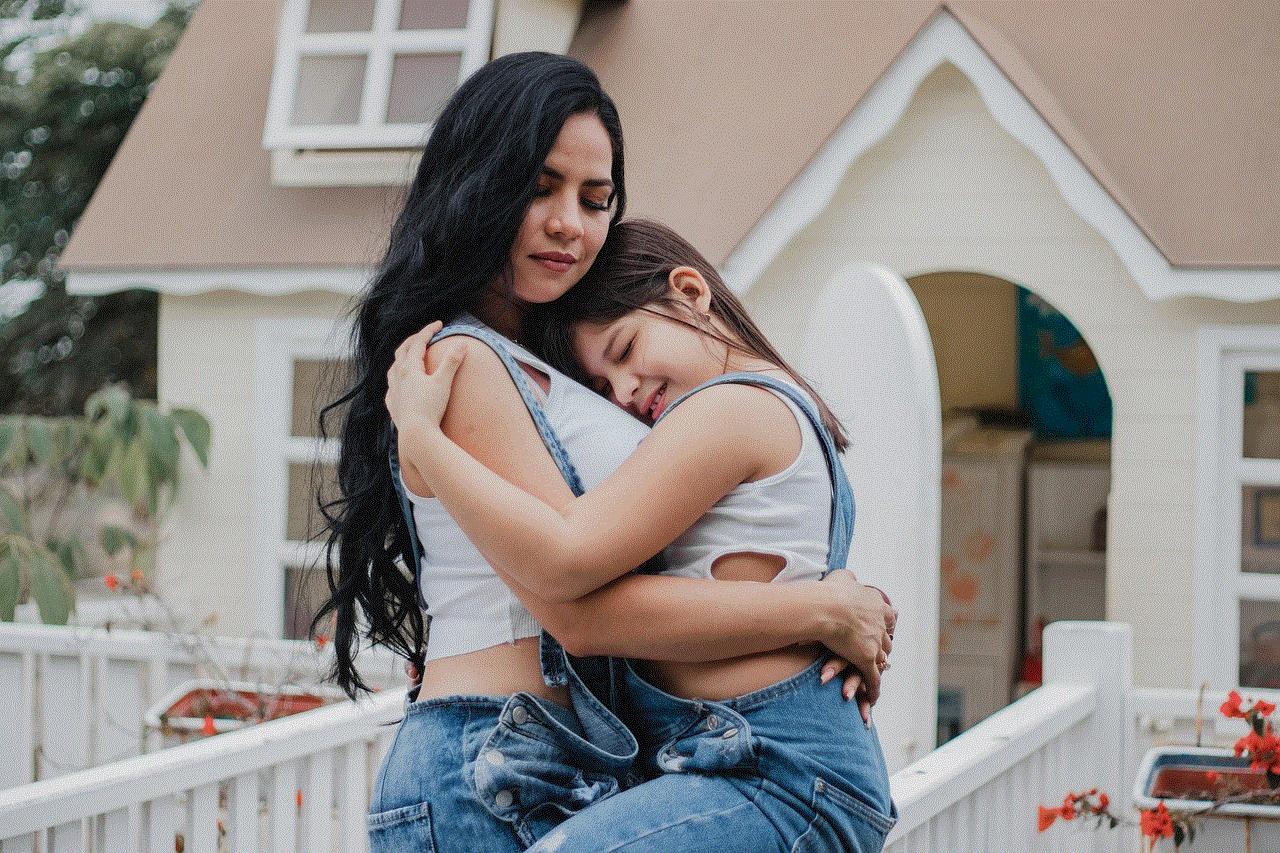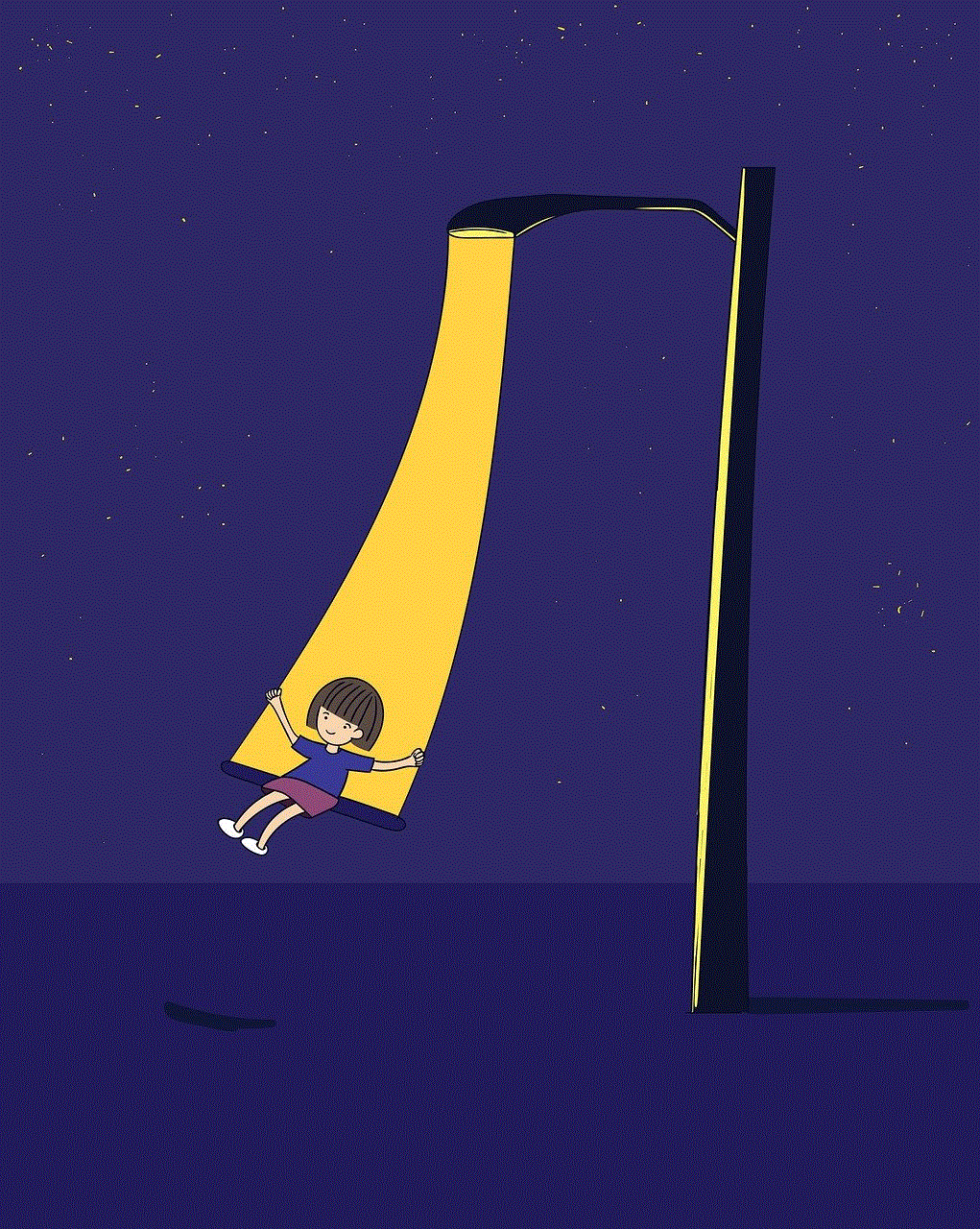how to find snapchat friends near me
Snapchat has become one of the most popular social media platforms in recent years. With its unique features and constant updates, it has attracted millions of users from all over the world. However, despite its global reach, many users still wonder how to find Snapchat friends near them. In this article, we will explore different ways to find Snapchat friends near you and make the most out of this fun and interactive app.
Before we dive into the various methods, let’s first understand why finding Snapchat friends near you is important. One of the main reasons is that it allows you to connect with people in your local area. This could be helpful when it comes to events, meetups, or simply meeting new people in your community. Additionally, having Snapchat friends near you also means that you can easily hang out and exchange snaps in person, making your Snapchat experience even more enjoyable.
Now, let’s take a look at the different ways to find Snapchat friends near you.
1. Use the Nearby Friends Feature
Snapchat has a feature called “Nearby Friends” that allows you to see other Snapchat users in your vicinity. To use this feature, both you and your potential friend need to have it enabled in your settings. Once that is done, you can go to your Snapchat profile and select the “Add Friends” option. From there, click on “Nearby Friends” and Snapchat will show you a list of users who are near your location. You can then add them as friends and start snapping!
2. Connect with Friends from Other Social Media Platforms
Another way to find Snapchat friends near you is by connecting with your friends from other social media platforms. Many people link their Snapchat accounts to their Facebook , Instagram, or Twitter profiles. You can use this to your advantage by adding your friends from these platforms as Snapchat friends. This not only helps you find friends near you but also expands your Snapchat network.
3. Join Local Snapchat Groups
Snapchat groups are a great way to connect with people who share similar interests. You can join local Snapchat groups to find friends near you. These groups can be related to your city, neighborhood, school, workplace, or any other community. To join a group, you can search for them on Snapchat or find them through other social media platforms. Once you become a part of the group, you can interact with other members and add them as friends.
4. Utilize the Quick Add Feature
Snapchat has a feature called “Quick Add,” which suggests friends based on your mutual connections. To use this feature, go to your profile and click on the “Add Friends” option. From there, select the “Quick Add” option, and Snapchat will show you a list of users who have mutual friends with you. This is an easy and effective way to find friends near you, as you already have something in common with these users.
5. Use Location-Based Hashtags
Hashtags have become an essential part of social media, and Snapchat is no exception. You can use location-based hashtags to find Snapchat users in your area. For example, if you live in New York, you can search for hashtags like #NewYork, #NYC, or #BigApple. This will show you a list of snaps and stories posted by other Snapchat users in your area. You can then add these users as friends and start snapping with them.
6. Attend Local Events
Attending local events is another great way to find Snapchat friends near you. Whether it’s a concert, festival, or community event, you are bound to come across people who are active on Snapchat. You can exchange usernames and add each other as friends to stay connected even after the event is over. This is a great way to expand your Snapchat network and meet new people in your local area.
7. Use Third-Party Apps
There are several third-party apps available that can help you find Snapchat friends near you. These apps use your location data to show you other Snapchat users in your vicinity. Some popular apps include “Add Friends for Snapchat,” “SnapFriends,” and “Snapchat Friends Finder.” However, it’s important to note that using these apps can be risky, as they require you to share your Snapchat username and location information.
8. Check Out the Snap Map
Snapchat’s Snap Map is a feature that allows you to see where your friends are located in real-time. You can also see snaps and stories posted by other users in your area. This is a great way to find friends near you and see what they are up to. To use the Snap Map, simply pinch the screen while in camera mode, and it will take you to the map. You can then zoom in to your location to see other Snapchat users around you.
9. Use Geofilters
Geofilters are location-based filters that you can use on your snaps. Snapchat offers a variety of geofilters for different cities, landmarks, and events. By using these filters, you can show others your location and also see snaps from other users in your area. This can be a fun and interactive way to find Snapchat friends near you.
10. Host a Snapchat Party
If you want to meet new people in your local area, why not host a Snapchat party? This can be a fun and unique way to connect with others who share your love for Snapchat. You can invite your existing Snapchat friends and ask them to bring along their friends. This will not only help you expand your network but also allow you to meet new people in person and make long-lasting friendships.
In conclusion, finding Snapchat friends near you is not as challenging as it may seem. With these tips and tricks, you can easily connect with others in your local area and make the most out of this popular social media platform. Remember to always stay safe and only add people you feel comfortable interacting with. Happy snapping!
how to restrict instagram on iphone
Title: How to Restrict Instagram on iPhone: A Comprehensive Guide
Introduction (Word count: 150)
With the increasing popularity of social media platforms like Instagram, it is crucial to establish healthy boundaries and regulate usage, particularly for younger iPhone users. Restricting Instagram on an iPhone helps limit screen time, discourages addictive behavior, and promotes a safer digital environment. In this comprehensive guide, we will explore various methods to restrict Instagram on an iPhone effectively. Whether you are a parent concerned about your child’s excessive social media use or an individual looking to reduce time spent scrolling through the platform, this guide will provide you with valuable insights.
1. Understanding the Need for Restrictions (Word count: 200)
Before delving into the methods to restrict Instagram on an iPhone, it is vital to understand the reasons behind implementing these restrictions. Excessive social media use can lead to a range of issues such as decreased productivity, mental health concerns, and addiction. By restricting Instagram, you can encourage a healthier balance between virtual and real-life experiences.
2. Setting Up Screen Time Restrictions (Word count: 250)
One of the most effective ways to restrict Instagram on an iPhone is by utilizing Apple’s built-in Screen Time feature. This feature allows you to set limits on various applications, including Instagram. Learn how to access and configure Screen Time restrictions to ensure a healthier relationship with the platform.
3. Applying Content Restrictions (Word count: 300)
Screen Time also provides options to restrict specific content on Instagram, making it an excellent tool for parents who want to filter out inappropriate material. Explore the different content restrictions available and learn how to customize the settings to align with your preferences.
4. Utilizing Parental Controls (Word count: 250)



For parents seeking additional control over their child’s Instagram usage, Apple’s Family Sharing feature offers robust parental control options. Discover how to set up Family Sharing, create an Apple ID for your child, and implement restrictions specific to Instagram.
5. Installing Third-Party Apps (Word count: 300)
Beyond Apple’s native features, there are several third-party apps available that can enhance your ability to restrict Instagram on an iPhone. Investigate various parental control apps that offer advanced features such as screen time scheduling, content filtering, and app blocking.
6. Implementing Router-Based Restrictions (Word count: 250)
Restricting Instagram usage at the network level can be an effective method for controlling access across multiple devices. Learn how to configure router settings to block Instagram on all devices connected to the network, providing a comprehensive solution for the entire household.
7. Creating Open Communication Channels (Word count: 200)
While implementing restrictions is essential, fostering open communication about online safety and responsible Instagram usage is equally important. Explore strategies for having conversations with children, friends, or family members about the reasons behind the restrictions and the benefits they provide.
8. Encouraging Alternative Activities (Word count: 200)
Reducing Instagram usage is not solely about restricting access; it is also about encouraging healthier alternatives. Discover various activities that can replace excessive screen time, such as outdoor pursuits, hobbies, and spending quality time with loved ones.
9. Tracking and Monitoring Instagram Usage (Word count: 250)
To gain a comprehensive understanding of your Instagram usage patterns and evaluate the effectiveness of the restrictions you have implemented, it is essential to track and monitor your time spent on the platform. Explore apps and features that assist in tracking Instagram usage and provide insights for self-improvement.
10. Adjusting Restrictions Over Time (Word count: 150)
As users’ needs and circumstances change, it is crucial to adapt the restrictions accordingly. Learn how to assess the effectiveness of your current restrictions and make necessary adjustments to ensure they continue to serve their purpose.
Conclusion (Word count: 150)
Restricting Instagram on an iPhone is a proactive step towards fostering healthier digital habits. By implementing a combination of Apple’s Screen Time features, third-party apps, router-based restrictions, and open communication, users can achieve a better balance between their virtual and real-world experiences. Remember that restrictions should be tailored to individual needs and evolve over time to provide the most effective solution. Start implementing these strategies today and enjoy a more mindful and balanced relationship with Instagram.
how to view deleted posts on instagram
Title: How to View Deleted Posts on Instagram: A Comprehensive Guide
Introduction (150 words)
Instagram has become one of the most popular social media platforms, allowing users to share their photos and videos with the world. However, it can be frustrating when a post gets deleted, especially if it held sentimental value or received a significant amount of engagement. Is there a way to view deleted posts on Instagram? In this article, we will explore various methods to help you recover and view deleted posts on Instagram.



1. Understanding Instagram’s Policies (200 words)
Before diving into the methods of viewing deleted posts on Instagram, it is essential to understand the platform’s policies. Instagram employs a strict content moderation system to maintain community guidelines and prevent inappropriate or harmful content from being shared. As a result, posts that violate these guidelines may be deleted by Instagram. It’s crucial to respect these policies and ensure your content complies with them.
2. Recover Deleted Posts from Archive (250 words)
One of the easiest ways to view deleted posts on Instagram is by checking your archive. Instagram introduced the Archive feature, which allows users to hide posts from their profile without permanently deleting them. To access your archive, go to your profile, tap the three horizontal lines, and select “Archive.” From there, you can browse through your archived posts and restore any that were deleted.
3. Check Instagram Data Download (250 words)
Instagram allows users to download a copy of their data, including all their posts, stories, and other account information. By requesting a data download from Instagram, you can retrieve deleted posts that are no longer visible on your profile. To do this, go to your Instagram settings, click on “Privacy and Security,” and then select “Request Download.” Instagram will email you a download link containing all your data, including deleted posts.
4. Utilize Third-Party Recovery Tools (300 words)
If the above methods do not yield the desired results, you can turn to third-party recovery tools specifically designed for Instagram. These tools can help you recover and view deleted posts, but it’s important to exercise caution while using them. Research extensively to find a reputable and trustworthy tool, as some may compromise your privacy or even lead to account hacking. Always read reviews and ensure the tool has positive feedback from other users.
5. Reach Out to Instagram Support (300 words)
If you have experienced a significant issue with deleted posts or believe your content was wrongfully deleted, contacting Instagram support may provide assistance. Instagram offers support through their Help Center and also allows users to report issues directly from the app. While it may take some time to receive a response, explaining your situation to Instagram support can potentially help you recover your deleted posts.
6. Explore Social Media Communities (250 words)
Social media communities, such as forums and groups, can be valuable resources when it comes to finding solutions or tips for viewing deleted posts on Instagram. Platforms like Reddit, Facebook Groups, or specialized Instagram forums often have users sharing their experiences and suggesting methods that have worked for them. Engaging with these communities can provide insights and alternative approaches that you may not have considered.
7. Use Cached Versions or Screenshots (200 words)
If you are unable to recover the actual deleted post, you can try searching for cached versions of the post using search engines or archived web pages. Sometimes, these cached versions can still display the deleted content, allowing you to view it. Additionally, if you or someone else took a screenshot of the deleted post, you can view the content from the screenshot. Keep in mind that this method may not always be successful, as cache versions and screenshots are dependent on external factors.
8. Engage with Post Interactions (250 words)
Engaging with the interactions on a deleted post can offer some insight into its content. While you may not be able to view the post itself, you can check the comments, likes, and shares associated with it. This can provide you with a general idea of what the post contained, even if you cannot see the actual content.
9. Collaborate with Friends or Followers (200 words)
Another approach to viewing deleted posts on Instagram is to reach out to friends or followers who may have interacted with the post before it was deleted. They might have saved screenshots or remember the content, allowing you to gain access to the deleted post indirectly. Collaboration can be an effective way to recover lost content and rekindle memories associated with it.
10. Learn from the Experience (150 words)



While it can be disappointing to have a post deleted on Instagram, it’s important to learn from the experience. Take the opportunity to review Instagram’s community guidelines and ensure your future posts comply with them. Additionally, consider backing up your important posts to prevent permanent loss. By understanding the rules and taking preventative measures, you can reduce the chances of having your posts deleted in the future.
Conclusion (150 words)
While Instagram does not provide a direct way to view deleted posts, there are several methods you can try to recover and view them. From utilizing the Archive feature and checking the Instagram data download to exploring third-party recovery tools, engaging with social media communities, and collaborating with friends or followers, these methods offer various possibilities. However, it’s essential to remember that not all deleted posts can be recovered, so it’s crucial to take proactive measures to prevent the permanent loss of important content.